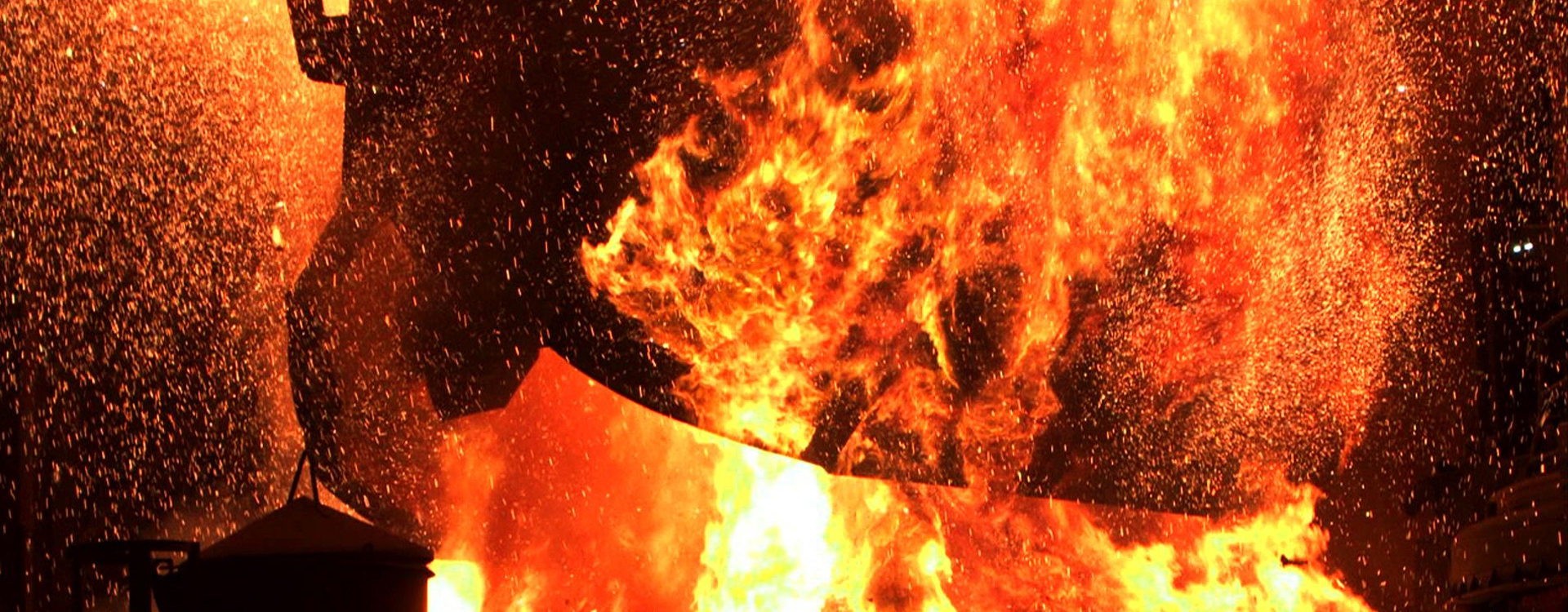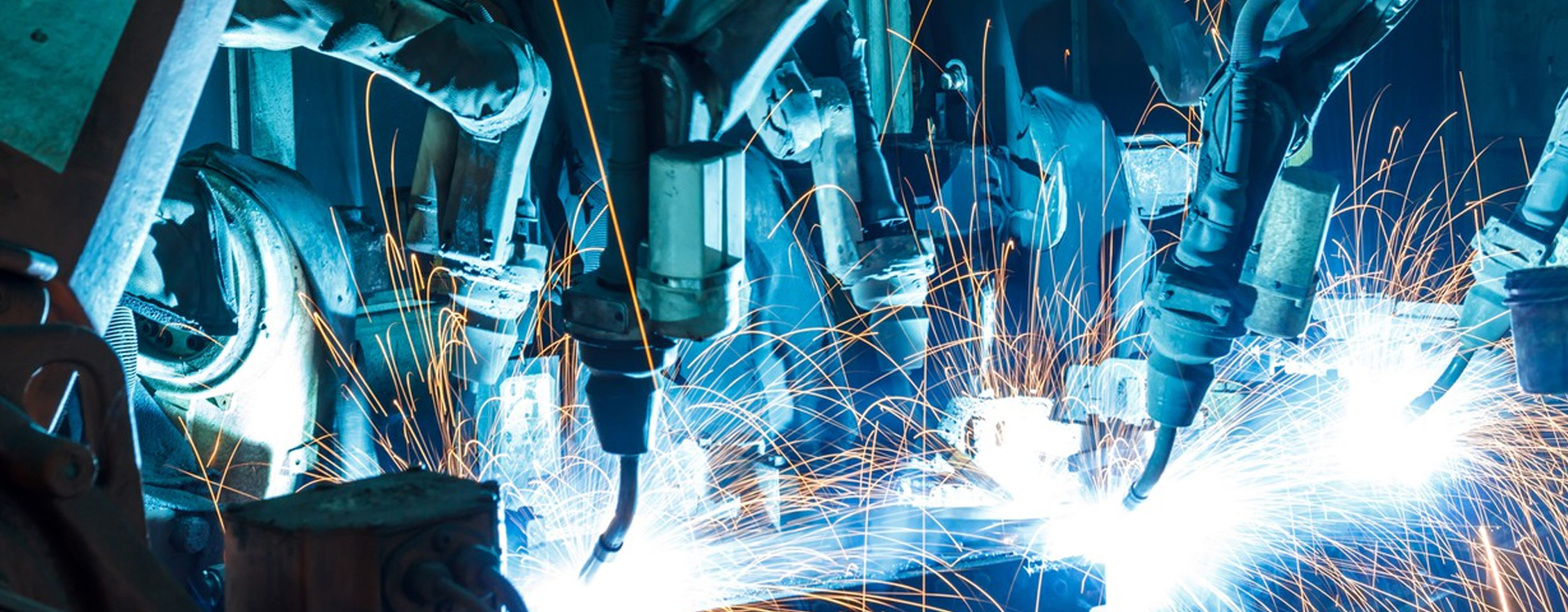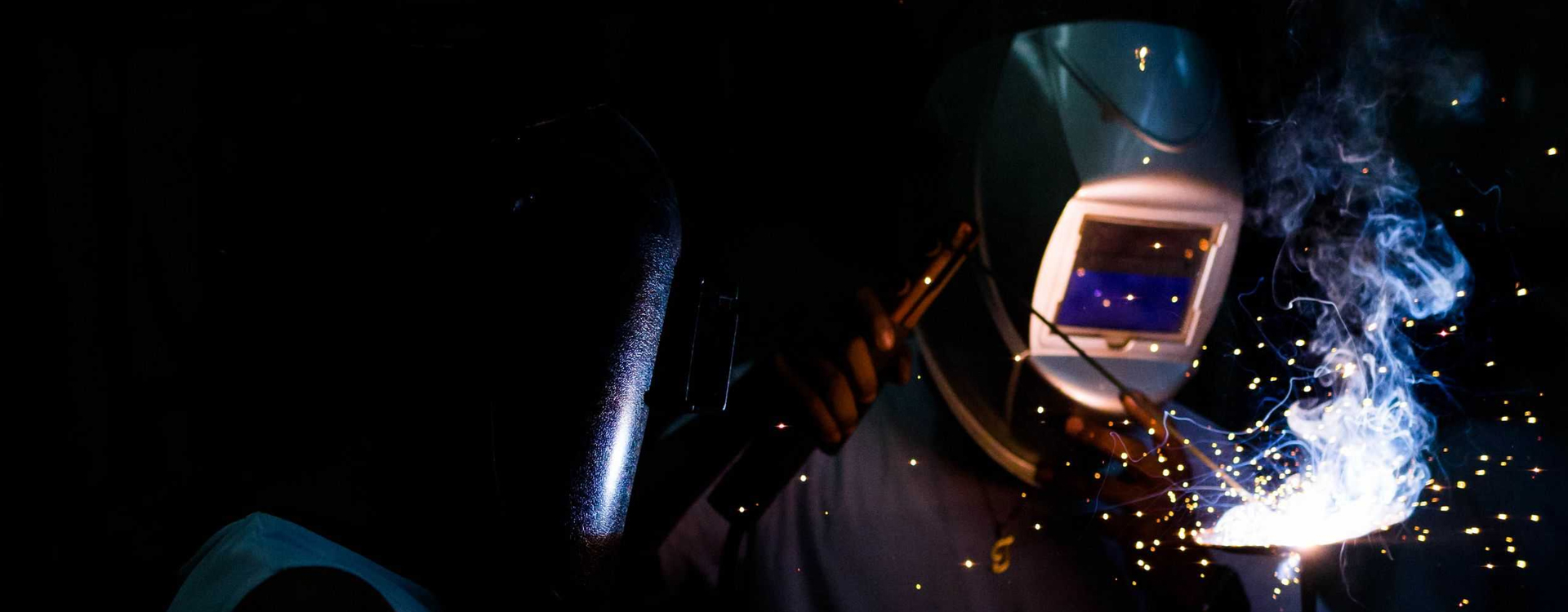Seminar Details
Shape memory alloys (SMAs) shows crystal structure transformation at low temperature. Due to this reason, the metals change their shape without any microstructural effect. Also, SMAs exhibit superior properties such as shape memory effects (SMEs) and superelasticity (SE), along with higher biocompatibility, higher corrosion resistance, low thermal conductivity, higher abrasion resistance, better fatigue resistance, and better processability. NiTi-based alloys with shape memory effect are used in different areas such as electronics, medicine, aerospace, robotics, and structural applications. Various techniques are used to alter the properties of binary NiTi alloys by adding different alloying elements. Compared to the binary NiTi alloy, the ternary TiNiFe alloy generally shows low-temperature hysteresis, higher toughness, good mechanical properties, higher corrosion and wear resistance, radiopacity, and lower martensitic phase transformation temperatures. TiNiFe alloys are mostly used in aeronautical (e.g., heat-shrinkable hydraulic couplings and sleeves), couplings in jet fighters/aircraft and other engineering applications (like hydrogen storage materials and pipe couplings etc.) and actuator applications.
In the present study, ternary Ti50Ni(50&minusX)FeX alloy (where X: 0, 2, 4, 6, 8, and 10 in at.%) has been prepared by the powder metallurgy method (mixing and with or without mechanical milling). To study the effect of the variation of Fe percentage, sintering temperature and various mixing methods on the microstructure and mechanical properties of TiNiFe alloy are investigated. The characterization of milled powders is carried out by High Temperature Differential Scanning Calorimetry (HTDSC), X-Ray Diffraction (XRD), Scanning Electron Microscopy (SEM), and Energy Dispersive Spectroscopy (EDS) for thermal, phase and morphology analysis. Then the milled and unmilled powders were cold compacted at 600MPa pressure and sintered by conventional pressure-less sintering using Ar gas at 1050-1200 °C for 4 hours in a tubular furnace. Also, unmilled mixed powder was sintered in a SPS unit at 1000ºC for 5 min holding time and 50 MPa applied pressure at a heating rate of 50 ºC/min. The phase evolution, microstructure, shape memory effect, and physical and mechanical properties of the prepared alloy have been carried out using XRD, SEM, EDS, density, porosity, hardness, wear, indentation technique (shape memory effect), nanoindentation, and compression test.
Keywords: Powder Metallurgy Mechanical Milling Pressure-Less Sintering Shape Memory Effect Wear Mechanism Intermetallics Ni-Ti-Fe Alloy.



